Egrets, with their elegant appearance and graceful movements, have captured the imagination of people around the world for centuries. These striking wading birds are often the subject of myths and misconceptions. In this blog post, we will uncover the truth behind these misconceptions and shed light on the fascinating world of egrets.
1. Egrets are Not Always White
 One of the most common misconceptions about egrets is that they are always white. While it’s true that many egret species, such as the Great Egret and the Snowy Egret, sport a pristine white plumage, there are exceptions. The Little Blue Heron, for instance, starts off as a pure white juvenile but gradually transforms into a deep bluish-gray as it matures. Additionally, the Reddish Egret exhibits a mix of gray, white, and reddish-brown feathers. So, the idea that all egrets are uniformly white is simply a myth.
One of the most common misconceptions about egrets is that they are always white. While it’s true that many egret species, such as the Great Egret and the Snowy Egret, sport a pristine white plumage, there are exceptions. The Little Blue Heron, for instance, starts off as a pure white juvenile but gradually transforms into a deep bluish-gray as it matures. Additionally, the Reddish Egret exhibits a mix of gray, white, and reddish-brown feathers. So, the idea that all egrets are uniformly white is simply a myth.
2. Egrets are Not Herons
 Another misconception often encountered is the confusion between egrets and herons. While both belong to the same family, Ardeidae, and share similarities in appearance and behavior, there are distinctions. Herons tend to be larger and have heavier bills compared to the slender, more delicate bills of egrets. Furthermore, herons often have a sturdier build, whereas egrets are known for their slender and elegant stature.
Another misconception often encountered is the confusion between egrets and herons. While both belong to the same family, Ardeidae, and share similarities in appearance and behavior, there are distinctions. Herons tend to be larger and have heavier bills compared to the slender, more delicate bills of egrets. Furthermore, herons often have a sturdier build, whereas egrets are known for their slender and elegant stature.
3. Egrets are Skilled Hunters
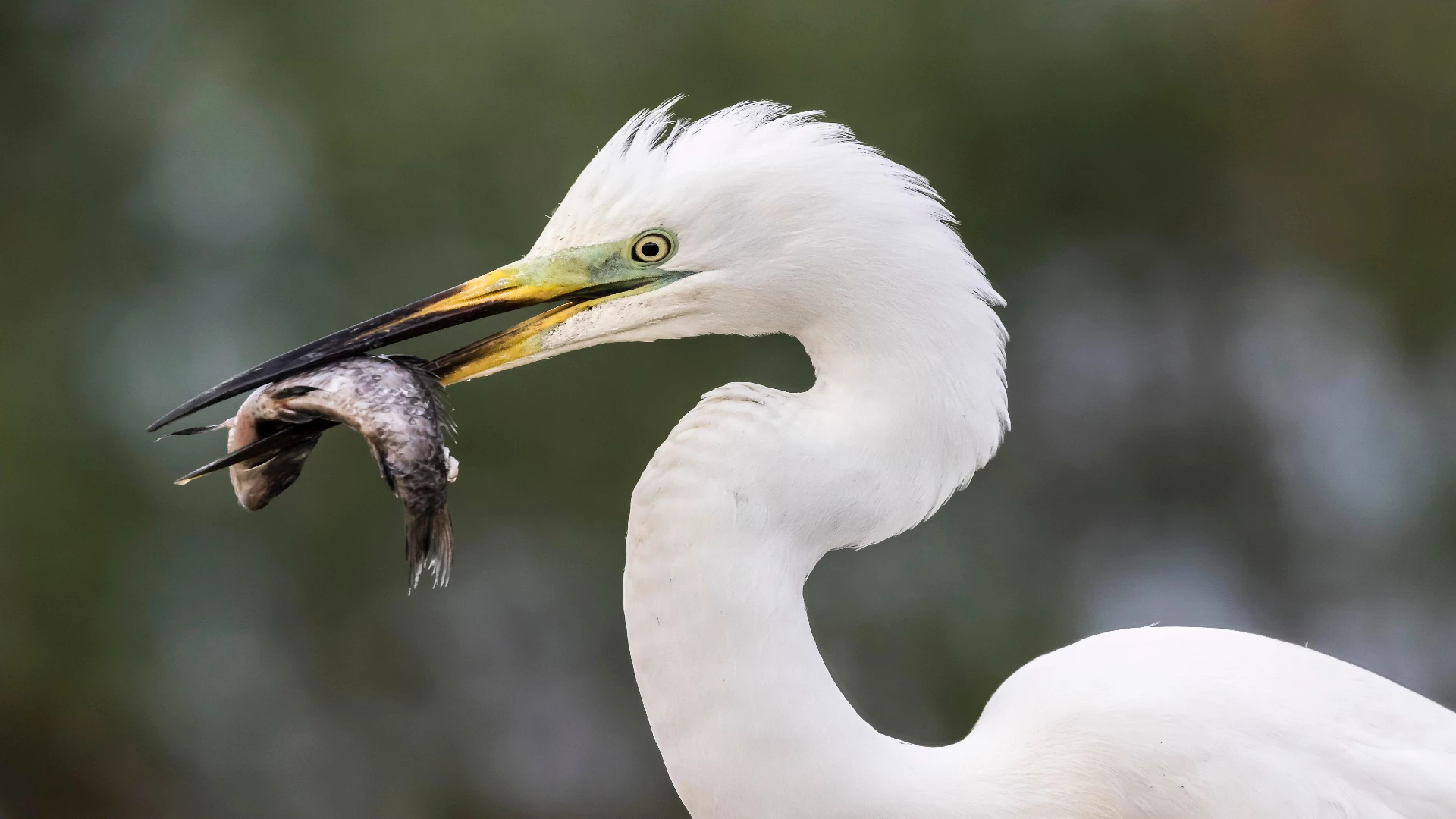 Some people mistakenly believe that egrets are scavengers or primarily feed on carrion. This couldn’t be further from the truth. Egrets are skilled hunters, and their primary diet consists of live prey such as fish, frogs, insects, and small crustaceans. Their long, sharp bills and lightning-fast reflexes make them adept at capturing prey in shallow water.
Some people mistakenly believe that egrets are scavengers or primarily feed on carrion. This couldn’t be further from the truth. Egrets are skilled hunters, and their primary diet consists of live prey such as fish, frogs, insects, and small crustaceans. Their long, sharp bills and lightning-fast reflexes make them adept at capturing prey in shallow water.
4. Egrets are Not Harmful to Crops
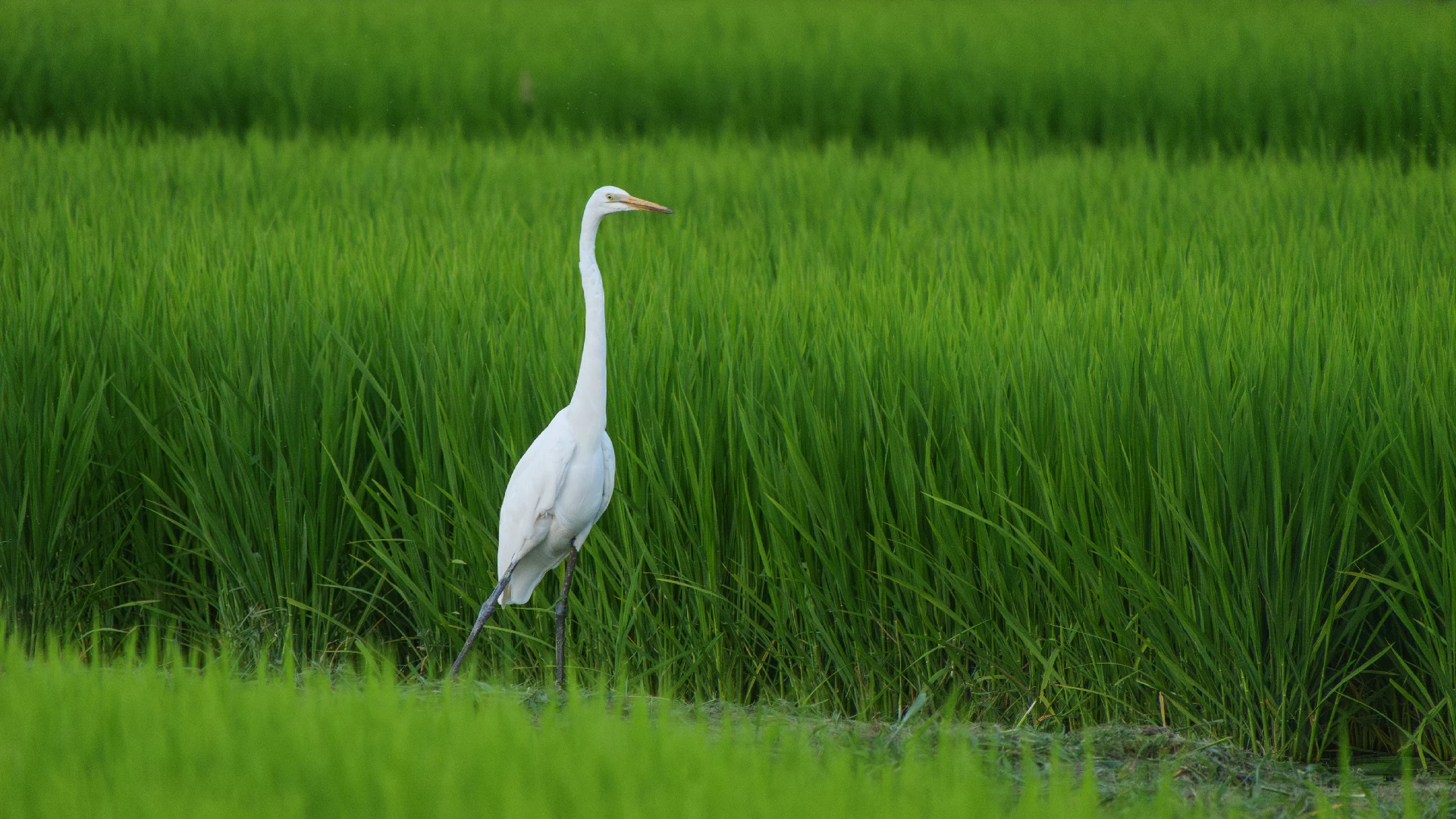 There’s a myth that egrets can be harmful to crops, particularly rice fields. In reality, egrets play a beneficial role in agriculture. Their diet includes many insects and small rodents that can damage crops, making egrets natural pest controllers. In some regions, egrets are even considered a symbol of good luck for farmers.
There’s a myth that egrets can be harmful to crops, particularly rice fields. In reality, egrets play a beneficial role in agriculture. Their diet includes many insects and small rodents that can damage crops, making egrets natural pest controllers. In some regions, egrets are even considered a symbol of good luck for farmers.
5. Egrets are Not Found Everywhere
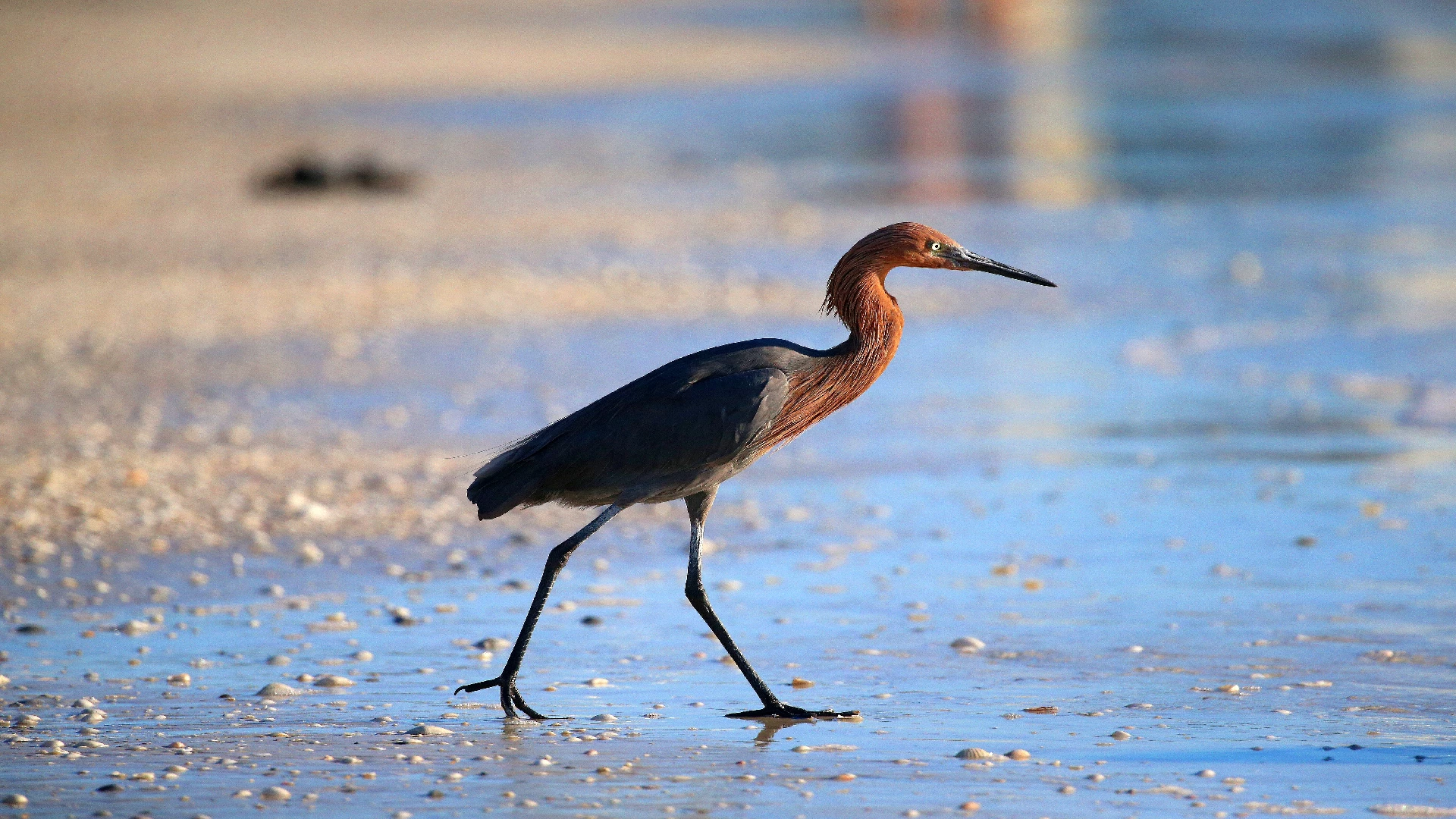 Contrary to the belief that egrets are ubiquitous, these birds are not found everywhere in the world. Egrets are commonly found in wetland habitats, marshes, and along the coastlines. They prefer areas with access to water, where they can hunt for their aquatic prey. While they may have a wide distribution, they are not equally distributed across all regions.
Contrary to the belief that egrets are ubiquitous, these birds are not found everywhere in the world. Egrets are commonly found in wetland habitats, marshes, and along the coastlines. They prefer areas with access to water, where they can hunt for their aquatic prey. While they may have a wide distribution, they are not equally distributed across all regions.
6. Egrets are Migratory Birds
 Many egret species are migratory, which means they undertake long journeys in search of suitable breeding and feeding grounds. These migrations are often awe-inspiring, with some egrets traveling thousands of miles between their breeding and wintering sites. For example, the Eastern Great Egret migrates from Siberia to Southeast Asia, covering a distance of over 6,000 miles.
Many egret species are migratory, which means they undertake long journeys in search of suitable breeding and feeding grounds. These migrations are often awe-inspiring, with some egrets traveling thousands of miles between their breeding and wintering sites. For example, the Eastern Great Egret migrates from Siberia to Southeast Asia, covering a distance of over 6,000 miles.
7. Egrets are Not All Silent
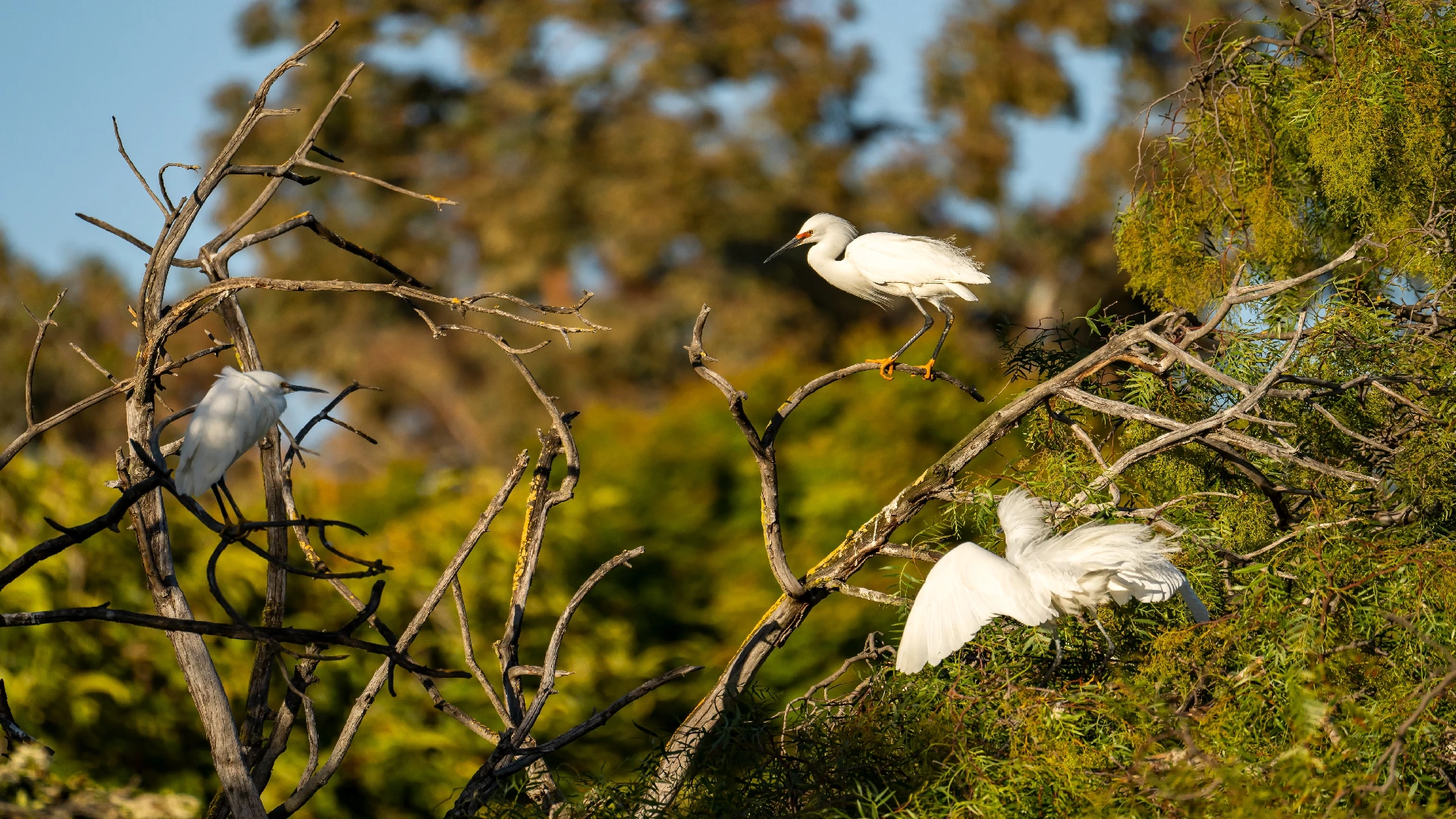 Egrets are not mute birds, as some might believe. While they are not as vocal as some other bird species, they do produce a variety of sounds, including low-frequency calls and soft croaks during courtship and breeding. These sounds might not be as conspicuous as the songs of songbirds, but they are an essential part of egret communication.
Egrets are not mute birds, as some might believe. While they are not as vocal as some other bird species, they do produce a variety of sounds, including low-frequency calls and soft croaks during courtship and breeding. These sounds might not be as conspicuous as the songs of songbirds, but they are an essential part of egret communication.
8. Egrets are Not Endangered Everywhere
 The conservation status of egret species varies depending on their location. While some species of egrets, like the Chinese Egret, are critically endangered due to habitat loss and poaching, others, such as the Great Egret, have made remarkable recoveries thanks to conservation efforts. It’s important to recognize that the conservation status of each egret species differs, and their protection needs to be addressed accordingly.
The conservation status of egret species varies depending on their location. While some species of egrets, like the Chinese Egret, are critically endangered due to habitat loss and poaching, others, such as the Great Egret, have made remarkable recoveries thanks to conservation efforts. It’s important to recognize that the conservation status of each egret species differs, and their protection needs to be addressed accordingly.
9. Egrets Have an Ancient History
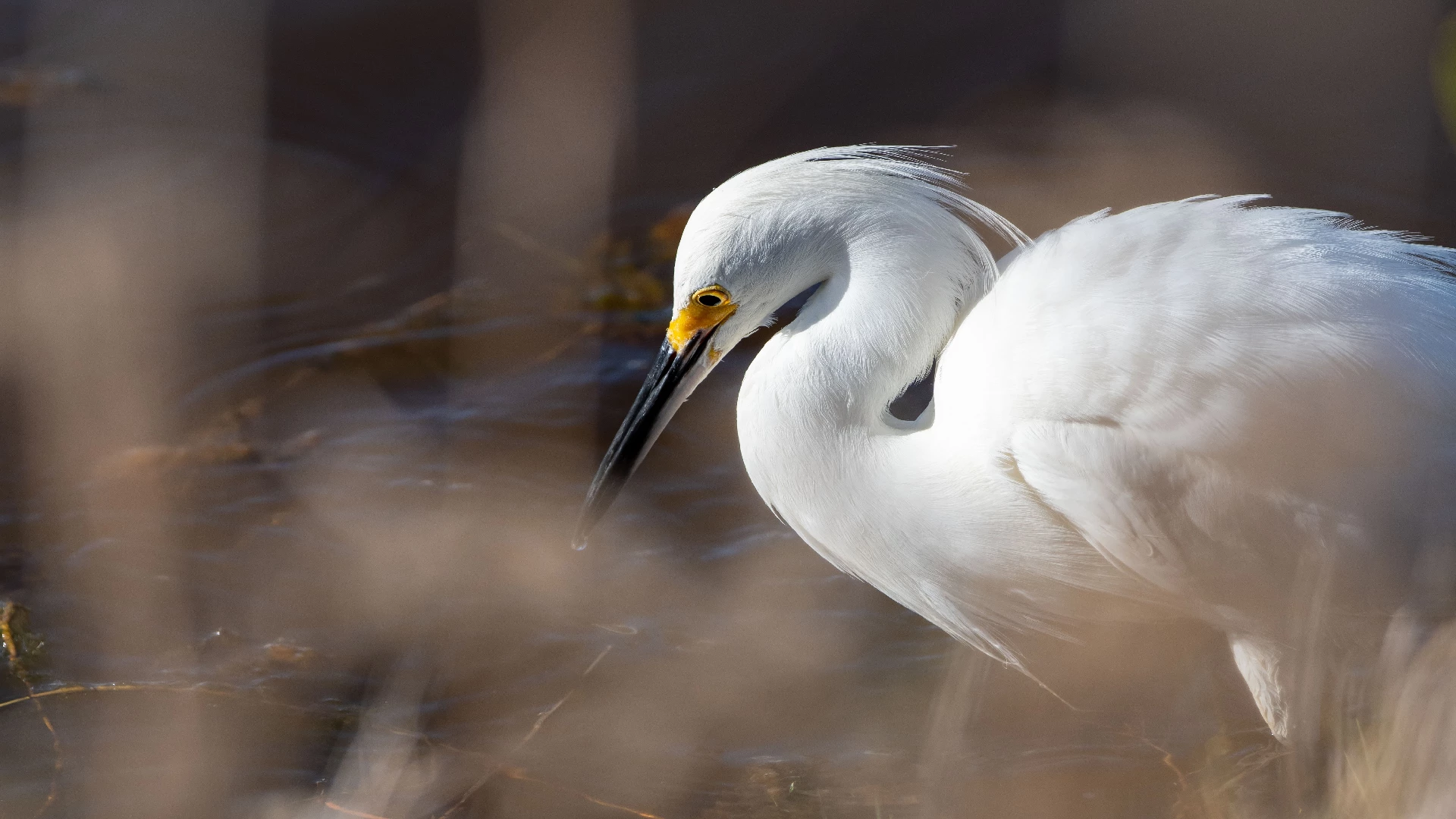 Egrets have a rich history that extends far into the past. Fossil records suggest that these graceful birds have been around for millions of years. Their ancestors roamed the Earth during the time of dinosaurs, making them a link to a prehistoric world. This deep history adds to their allure and mystique.
Egrets have a rich history that extends far into the past. Fossil records suggest that these graceful birds have been around for millions of years. Their ancestors roamed the Earth during the time of dinosaurs, making them a link to a prehistoric world. This deep history adds to their allure and mystique.
10. Egrets are Not Pets
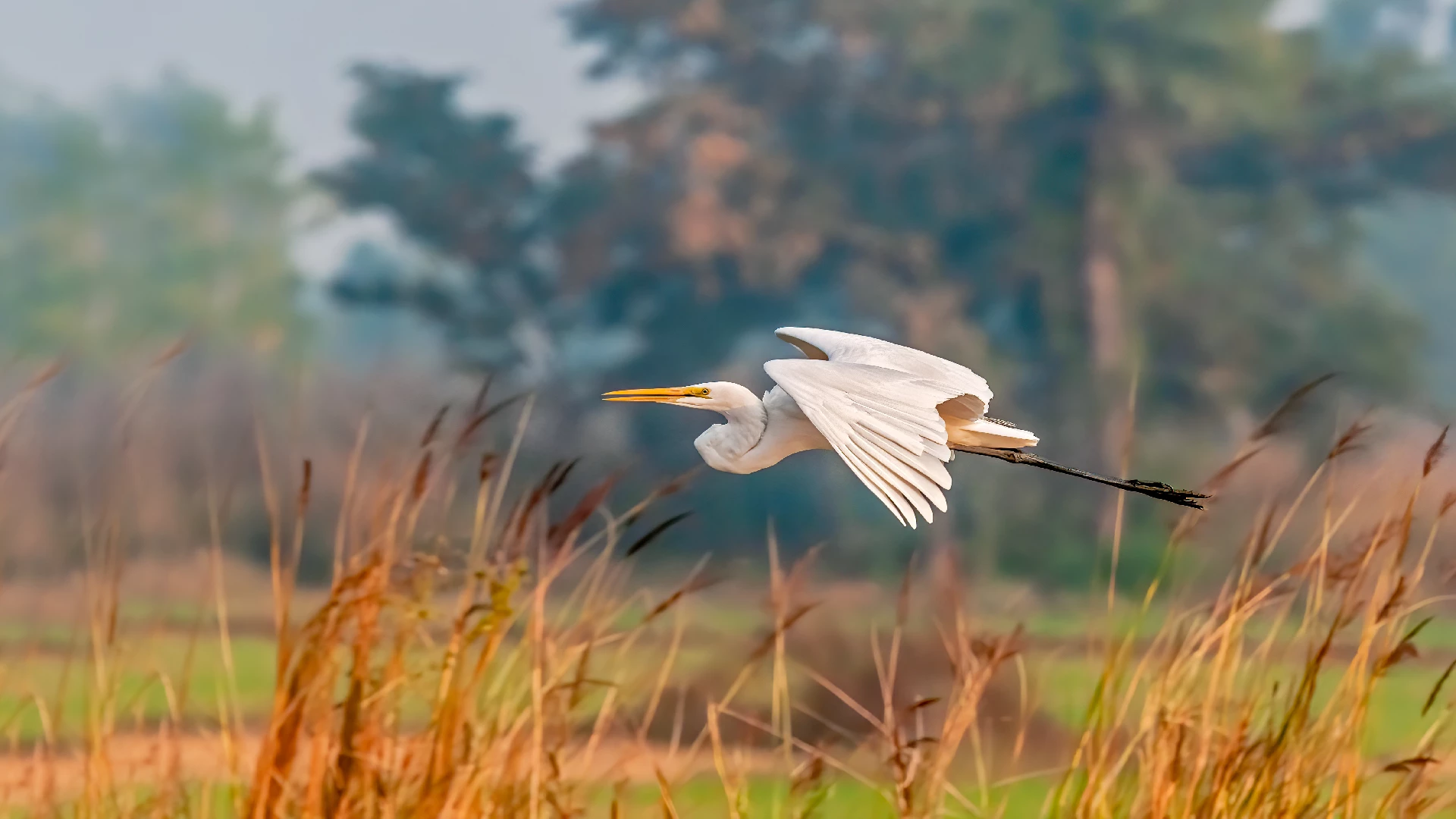 In some cultures, there is a misconception that egrets make good pets. This idea is not only harmful to these magnificent birds but also often illegal due to conservation laws protecting them. Egrets are wild animals, and they belong in their natural habitats, not in captivity.
In some cultures, there is a misconception that egrets make good pets. This idea is not only harmful to these magnificent birds but also often illegal due to conservation laws protecting them. Egrets are wild animals, and they belong in their natural habitats, not in captivity.
In conclusion, egrets are truly stunning and remarkable birds with a wealth of fascinating facts that dispel many myths and misconceptions.
They are not always white, are skilled hunters, and play a crucial role in ecosystems. Recognizing the truth about these beautiful birds helps us appreciate and protect them better. As we continue to learn more about the natural world, we gain a deeper understanding of the incredible creatures that share our planet, including the captivating egrets.










